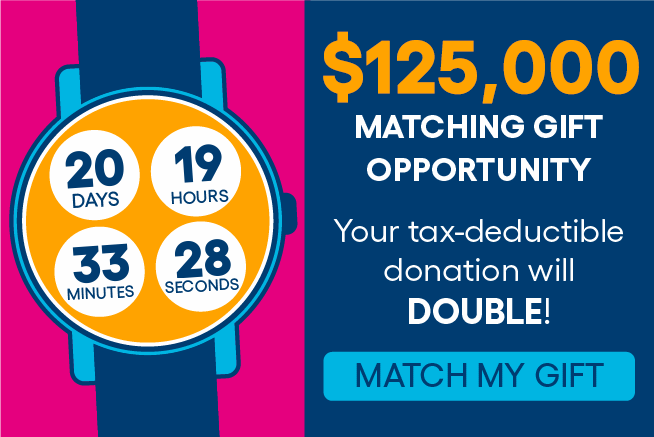
Can detecting changes in speech help identify if someone is at risk for hospitalization? That’s the focus of investigations being conducted by VNS Health’s Center for Home Care Policy & Research in collaboration with researchers from Columbia University’s School of Nursing, Computer Science and Department of Electrical Engineering.
The research, which is supported by a grant from the National Institute on Aging, employs an automated speech-processing tool that the Research Center’s team helped develop. The tool analyzes speech samples for their acoustic characteristics, such as voice frequency and intensity—which reflect a person’s ability to control their vocal cords—as well as elements like word choice and emotional expression.
“Evidence indicates that certain vocal frequencies and patterns of language usage, taken together, can serve as early predictors for specific health conditions, including Alzheimer’s and related dementias, congestive heart failure, and suicide risk,” says Maxim Topaz, a VNS Health research scientist and Elizabeth Standish Gill Associate Professor of Nursing at Columbia, who is one of the lead investigators on the project. “These findings could be used by an organization like VNS Health to identify and monitor home care patients whose speech indicates their health is at risk of deteriorating.”
The Research Center team has shown that when audio recordings of interactions between home care nurses and their patients are analyzed using their tool, it improves the ability to predict which patients are at risk of hospitalizations or emergency department visits. “Our latest pilot study, published in the Journal of the American Medical Informatics Association, found that adding speech recognition to risk-prediction models increases their accuracy by 26% in identifying patients who may need hospitalization or emergency care,” Topaz notes. “This breakthrough underscores the importance of analyzing verbal communication in assessing patient risk.”
The team is now creating a database of 500 such recordings. That database will then be used to refine the speech-processing algorithm further, by determining exactly which data points are most predictive of hospitalization and emergency department visits in a home care setting.
“This leading-edge artificial intelligence research unlocks a new frontier in personalized health care,” adds Topaz. “By understanding these subtle changes in speech, we are moving towards a future where we can identify health risks before they become crises, revolutionizing home care and patient monitoring.”



